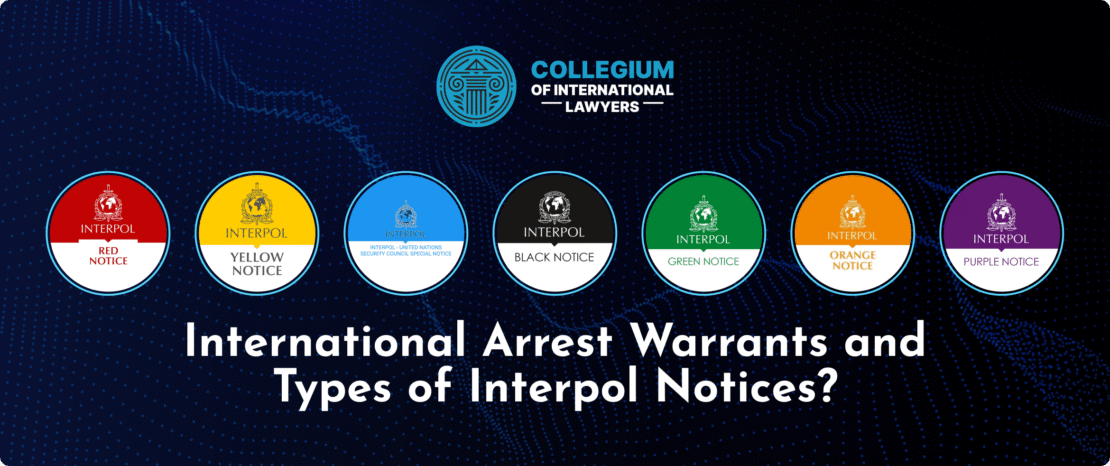Understanding the Wrongful Death Lawsuit Process 380439985

Understanding the Wrongful Death Lawsuit Process
The loss of a loved one is an incredibly challenging experience, especially when that loss results from someone else’s negligence or misconduct. In such cases, survivors may have the option to file a wrongful death lawsuit. This legal mechanism serves to provide some measure of justice and compensation to the deceased’s family for their loss. This article will explore the wrongful death lawsuit process in detail, outlining what you can expect and how to prepare for this legal journey. One critical aspect of this process includes understanding the wrongful death lawsuit process legal steps in fatal accident cases, which we will discuss further below.
What is a Wrongful Death Lawsuit?
A wrongful death lawsuit is a civil action brought by the survivors of a deceased individual against a party deemed responsible for the death. The aim is to seek compensation for damages incurred due to the loss, including funeral expenses, lost income, and emotional suffering. This type of lawsuit is predicated on the premise that a person’s death was caused by the intentional or negligent actions of another party.
Legal Grounds for a Wrongful Death Claim
Wrongful death claims can arise from various situations, including but not limited to:
- Medical malpractice
- Car accidents
- Workplace accidents
- Product liability
- Premises liability (slip and fall cases)
Each case is unique, and the grounds for a claim must be established through evidence demonstrating that the defendant’s actions directly led to the death of the plaintiff’s loved one.
Who Can File a Wrongful Death Lawsuit?
The ability to file a wrongful death lawsuit typically lies with the deceased’s immediate family members, which may include:
- Spouses
- Children
- Parents
- Any other individuals who were financially dependent on the deceased
In some states, distant relatives may also be eligible to file a claim, but this varies significantly between jurisdictions.
Steps in the Wrongful Death Lawsuit Process
The wrongful death lawsuit process can be complex and varies by state. However, several key steps are common across many jurisdictions:
1. Consultation with a Lawyer
The first step in pursuing a wrongful death lawsuit is to consult with a qualified attorney who specializes in personal injury or wrongful death claims. They can provide valuable insights into the legal process, potential compensation, and the likelihood of a successful claim.
2. Investigation
Following the initial consultation, the attorney will conduct a thorough investigation into the circumstances surrounding the death. This may include collecting evidence, interviewing witnesses, and consulting experts to build a strong case.

3. Filing the Complaint
Once sufficient evidence has been gathered, the attorney will draft and file a formal complaint with the appropriate court. This document outlines the allegations against the defendant and the basis for the plaintiff’s claim.
4. Discovery Process
After filing the complaint, both sides enter the discovery phase, where they exchange evidence, documents, and information relevant to the case. This is a crucial step for both parties to build their respective arguments.
5. Negotiation
Many wrongful death cases are resolved outside of court through negotiations. Both parties may engage in settlement discussions, and if a mutually acceptable figure is reached, the matter can be settled without a trial.
6. Trial
If a settlement cannot be reached, the case will proceed to trial. Both sides will present their evidence and arguments, after which the judge or jury will render a verdict. If the jury finds for the plaintiff, damages will be awarded.
7. Appeals
After a trial, the losing party has the option to appeal the verdict. This process can prolong the case and may result in a higher court reviewing the decision.
Potential Damages in a Wrongful Death Lawsuit
Compensation in a wrongful death lawsuit can cover a variety of damages, including but not limited to:
- Medical expenses incurred before death
- Funeral and burial expenses
- Loss of the deceased’s income
- Loss of companionship and emotional support
- Pain and suffering of the deceased prior to death
The specific damages awarded can depend on the jurisdiction and the individual circumstances of the case.
The Importance of Timeliness
It is essential to understand that wrongful death claims are subject to statutes of limitations, which set a time limit on when a lawsuit can be filed. Depending on the state, this timeframe can vary significantly, often ranging from one to three years after the date of death. Delays in filing a claim can result in forfeiting the right to seek compensation, making it crucial to act promptly.
Conclusion
Navigating the wrongful death lawsuit process can be emotionally and legally challenging for survivors. Understanding the steps involved, the potential for recovery, and the importance of acting swiftly can significantly impact the outcome of a case. Consulting with experienced legal counsel is vital to ensuring that rights are protected and that the claim is pursued effectively. While money cannot replace the loss of a loved one, a successful wrongful death lawsuit may offer some comfort by providing a sense of justice and financial support during a difficult time.
